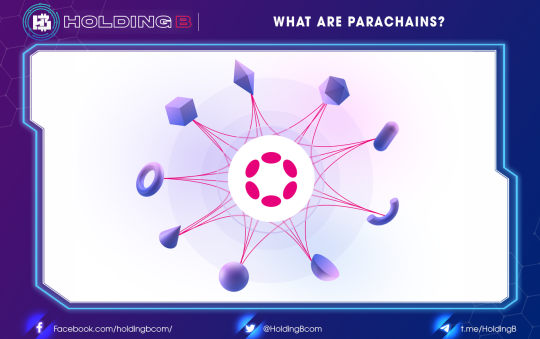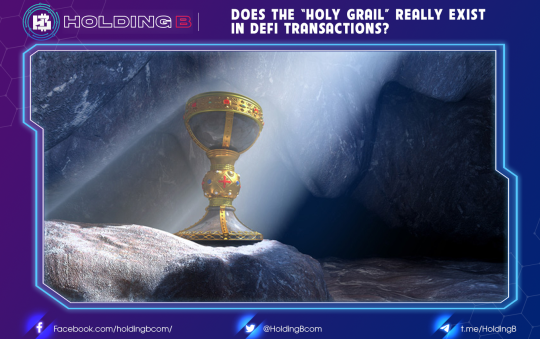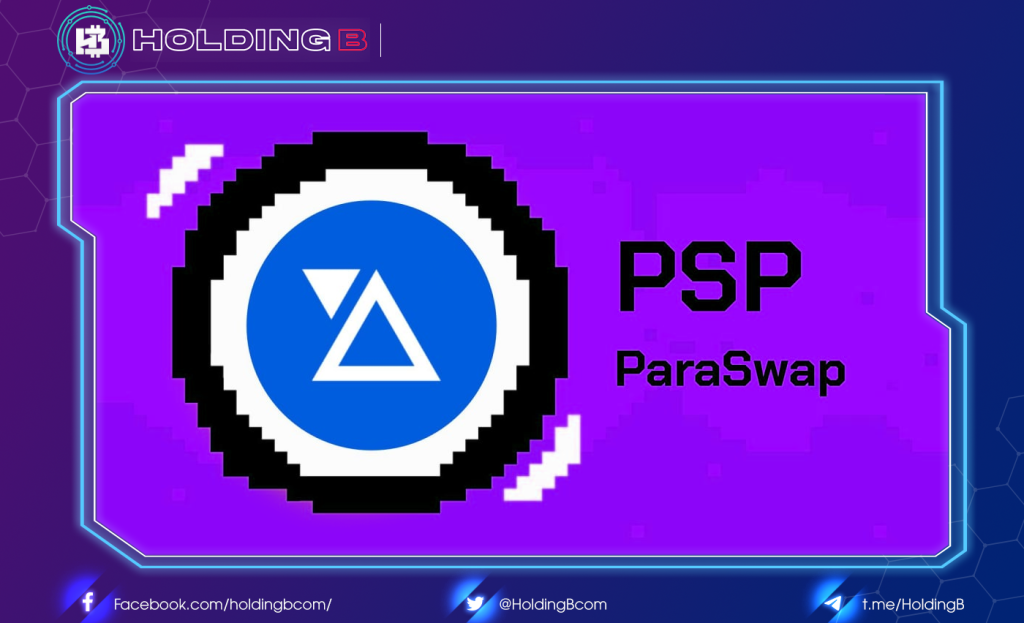
What is ParaSwap?
ParaSwap is a decentralized synthetic exchange (DEX) created on Ethereum. When a user wants to make a trade, the project scours many of the biggest exchanges and automated market makers on Ethereum to find the best price.
Users can view a summary of the transactions they have made, including the estimated cost, price impact, and the minimum number of tokens received. Routing details are also displayed to help users understand their token path and avoid confusion.
How does ParaSwap work?

Through a series of internal routing mechanisms, ParaSwap provides users with an ideal and cost-effective route. It saves users time and effort by easily comparing prices and optimizing trading strategies.
When a user makes a trade, ParaSwap determines the best price with the help of a price aggregator for price retrieval. It then performs the swap using a smart contract to deposit fees into the wallet. This process may involve splitting an order into several different exchanges if it is the most cost-effective method.
Specifically, in the steps to making a transaction in ParaSwap:
- Step 1: The user chooses the number of tokens he wants to trade.
- Step 2: ParaSwap finds the best trading rate across all DEXs that are supported.
- Step 3: After that, provide the user with information about all of the trading packages.
- Step 4: Users can choose the most suitable package to make transactions.
- Step 5: The swap is then conducted, and the user receives the corresponding tokens.
Highlights from ParaSwap

Exchange in bulk: When you want to trade in large quantities on the DEX, slippage is easy. Therefore, if there is an aggregater that can aggregate the liquidity of different DEXs, this slippage will be reduced. ParaSwap is often used for swap solutions with a value of >15 ETH.
Optimizing the exchange between ecosystems: When you use a DEX, it will be quite time-consuming if you want to swap between AAVE and compound assets. However, with Paraswap, you can swap cDAI for aDIA quickly and economically.
Take profit and save at the same time: By connecting to DeFi ecosystems, you can save on gas fees by combining profit taking and starting stake/farm in one transaction.
Send money to friends: If you want to send ETH to your friend, but there is no ETH in your wallet, only BTC. As usual, you have to do 2 steps, which is to swap BTC to ETH and then send it to the person’s wallet address. But now you can do that on Paraswap with just one transaction.
ParaSwap’s Key Features
ParaSwapPool
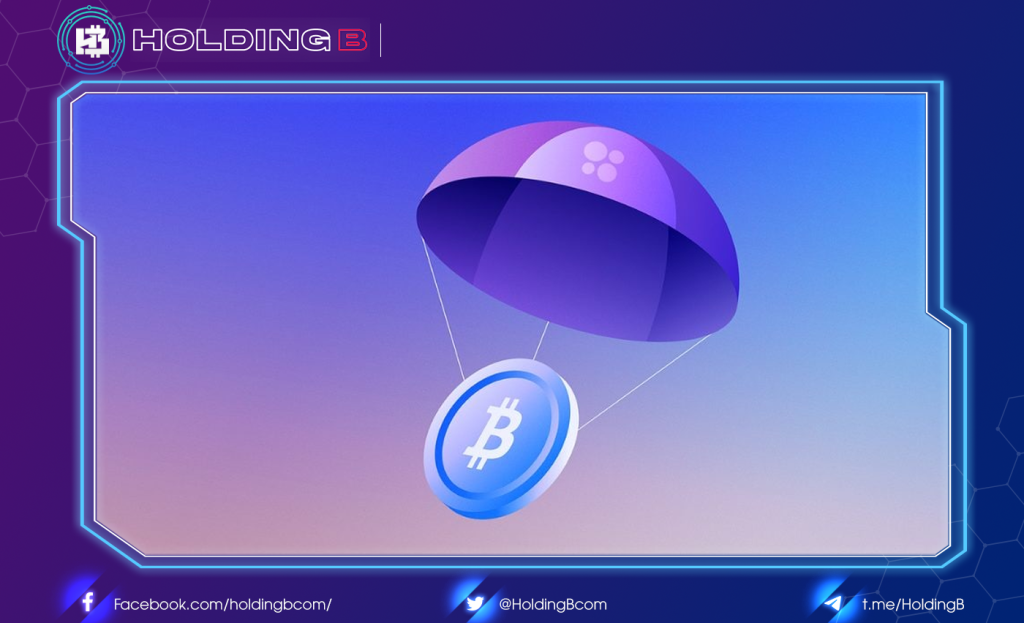
It allows users to access ParaSwap’s private pool of market makers as a source of decentralized finance (DeFi) liquidity, facilitating the efficient optimization of transactions.
It ensures that all transactions are routed through ParaSwapPool for the best rate. The ParaSwapPool is a network of professional liquidity investors that can be accessed via an RFQ (request for quote) system. However, ParaSwap aims to create a more accessible, decentralized alternative in the future.
MultiPath
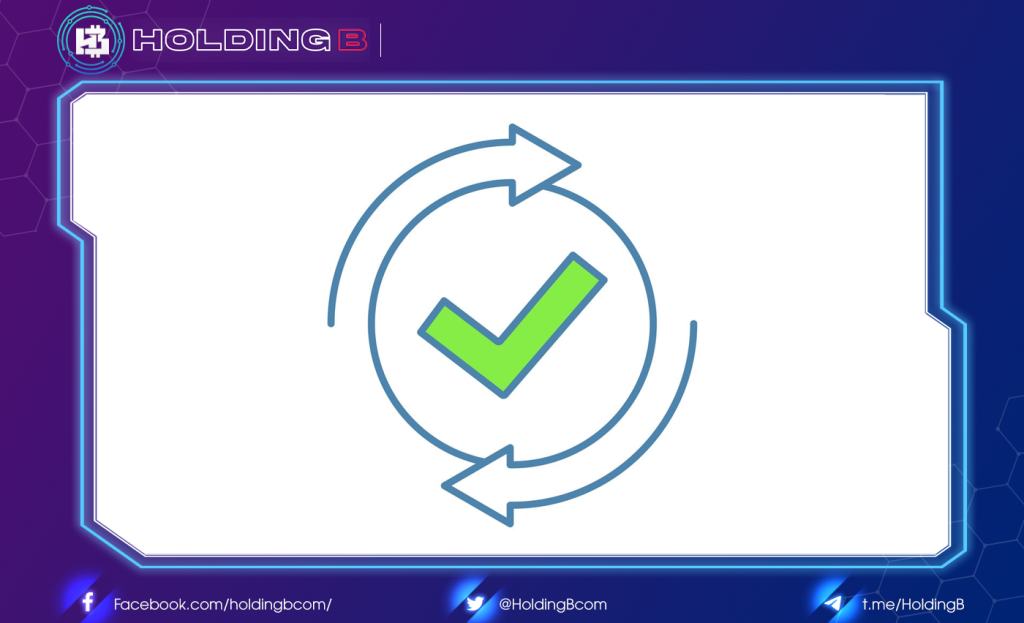
The function mainly offers multiple ways of exchanging tokens during transaction execution. It also interacts with automated market makers (AMMs) and DeFi lending platforms. Users’ transactions can be seamlessly identified through other major DeFi protocols.
This protocol can split transactions across different exchanges and facilitate intermediary tokens to negotiate better rates when required. Without a live trading pair when trading and swapping tokens, MultiPath can process trades across multiple automated market makers (AMMs), DEX, and DeFi liquidity protocols.
Fee
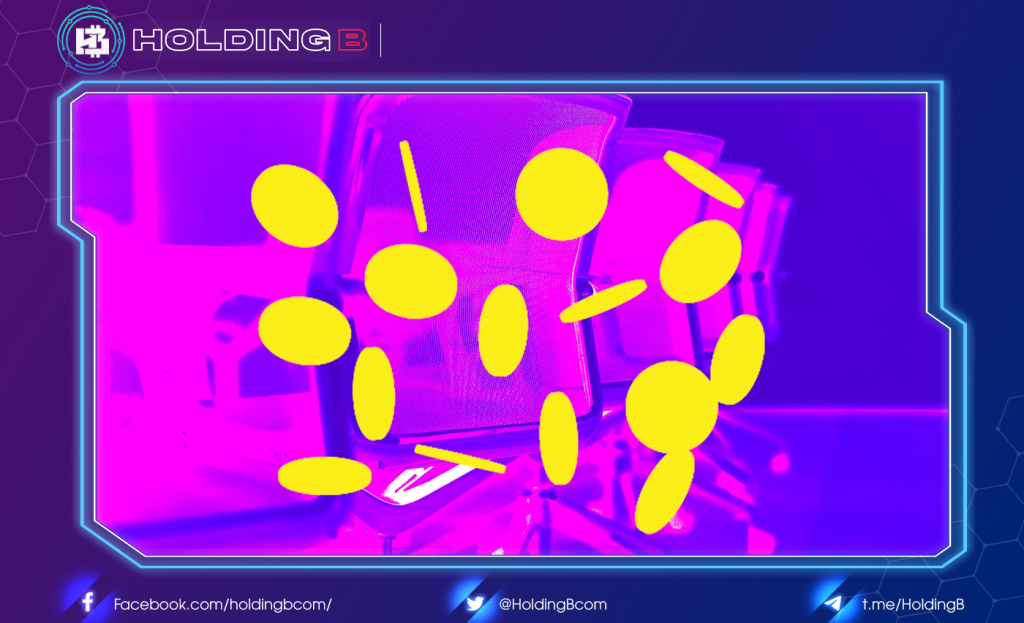
The impact of gas fees depends on the size of the transaction and the amount of activity taking place on the network. ParaSwap does not charge any fees for its services. Instead, services integrated with ParaSwap receive a commission on all facilitated swaps, and ParaSwap receives 15% of this commission. In addition, ParaSwap receives a small commission through the Decentralized Applications (DApps) Revenue Sharing Contract.
ParaSwap optimizes gas fees when users conduct transactions. Although it is free to use, users still have to pay Ethereum network fees, as each transaction is paid on Ethereum.
Hedging against slippage
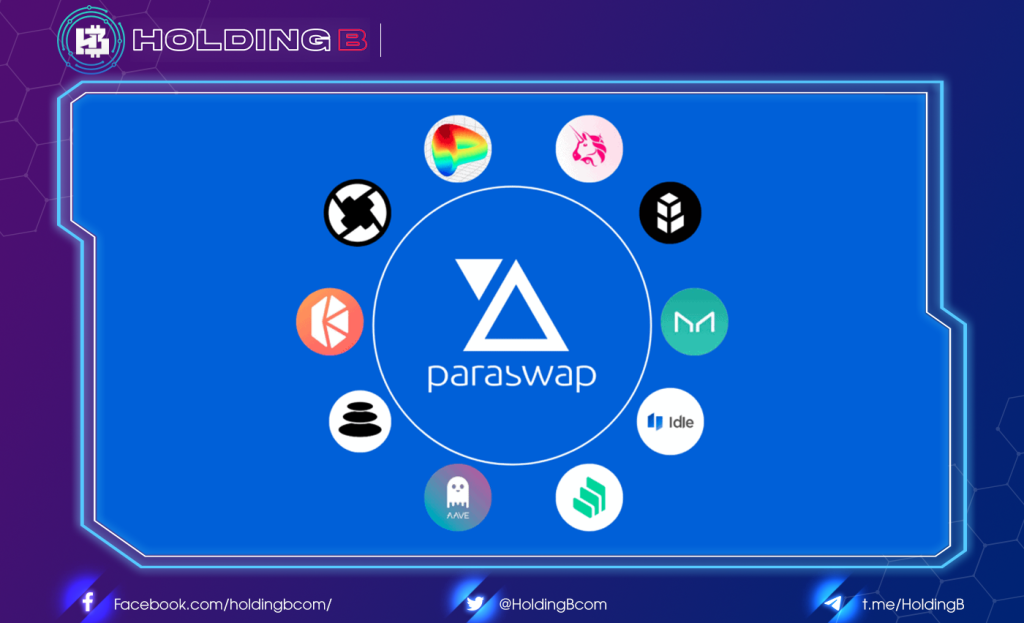
Cryptocurrencies operate in a free market where asset prices can fluctuate. While one is waiting for their transaction to be confirmed, other transactions on the network can push the price of the token up or down. ParaSwap has implemented various features to protect against slippage. These features include a “minimum get” amount, as well as a token price guarantee for a certain period of time using ParaSwapPool.
In the event of an active slippage, the user may receive more tokens for the price paid than usual. However, apps are under no obligation to provide users with positive slippage, with some services retaining all profits earned.
As a community-driven project, ParaSwap contracts are set to put 50% of the positive slippage back into the development of the platform, with the other half going back to its users.
See ya in the next article !
Don’t forget to follow useful articles about Crypto Market from team Holding B !!!
- Telegram Channel: https://t.me/HoldingBcom
- Telegram Group: https://t.me/HoldingB
- Website: https://holdingb.com/
- Twitter: https://twitter.com/HoldingBcom
- Facebook: https://www.facebook.com/holdingbcom



